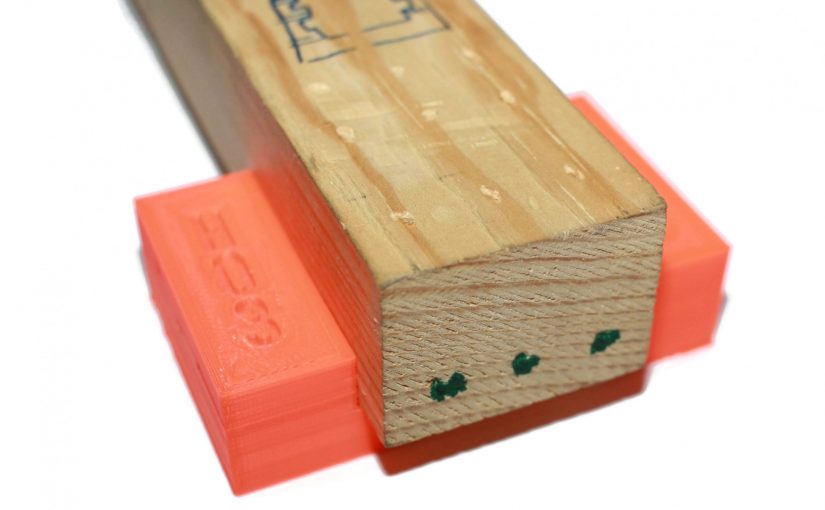Pinewood Derby Pine Block- the Foundation to a Fast Speed Car
Read and Understand Your Local pack / district rules – Nothing is more disappointing than not being able to race, because the pinewood derby pine block car does not meet the approved rule set.
Create a Design for the Car – The variety of possible shapes is unlimited; however, the final car must adhere to the required dimensions. Review your build worksheet, it will be a guide to what modifications that you need to achieve to help give you advantages over the next racer.
Tips for making your Car right the first time
- Label the block so that there is no confusion later down the road. Select one end of the Pinewood Derby Pine Block as the back (the end closest to an axle slot should be the back). Write “Back” on that end, then write “Right” on the right side of the block., write “Bottom” on the bottom of the block.
- Draw your design on paper, transfer it to the pinewood derby pine block. Look at your worksheet for build guidance. It will tell you things like axle location, axle angle, holes/pockets for weight, etc. DON’T CUT THE WOOD YET!
- Pinewood Derby Pine Block with the least amount of weight gives you the most advantage. Remove as much weight as possible by design (wafer car) or remove as much pulp as possible (also known as resin or sap wood). Some pinewood derby block weigh more because they contain more sap. If available, it would be best to have a couple of blocks on hand to start with and use the lightest block. Some people even bake the block in the oven for a couple of hours to bleed off a few more grams of moisture. However, unless you can make that car body and paint it in the next 3 hours, the wood will reabsorb the moisture from the air.
- PREDRILL your axle holes PRIOR to cutting the shape from your pinewood derby pine block. Specialized tooling ensures proper axle installation and alignment. I highly suggest an axle drill guide when preparing your body. STAY AWAY from hammering! Jigs range from $10-$160 depending on your desired configuration. If you try to drill after you have cut and shaped your design, it is MUCH harder to ensure proper alignment if not near impossible.
- While you are planning your car body design you must keep something in mind. What weight are you going to use and where are you going to put it? I have seen many parents cut out a great looking car body only to discover later that they did not have enough room to add the required weight. Our lightest bodies require about 3.8oz of weight which is a lot of space if you are going to hide it inside the wood.
- For fastest speeds, we like the new 1/4″ wafer / ladder cars, but that is leaning more towards league car designs. Wafer cars will need a heavy cargo / canopy weight, or tungsten weights .
- If you have a chunk of Pinewood Derby Pine Block for your car body, drill the bottom out as much as you can. Then cover the bottom with some HVAC foil tape from your local hardware store.
- Make sure your car is the max 7 inches in length. If you are short add the extra to the front part of your body to ensure the car is staged at the highest point for the most stored energy. Adding the missing difference to the back of the car adds no advantage. Glue any piece of wood (my go to is popsicle sticks) to make it 7 inches in length. Avoid using wood putty to accomplish this as it will probably chip off at some point during the race.
- Make sure to orient your car body correctly. There is a correct front and back part of a Pinewood Derby Pine Block. The slot closest to the end of the block is the back side of your car. Yes, it does matter.
- If you can stretch your wheelbase, an extended (wide) wheelbase usually has the advantage. More weight is staged towards the back of the car which gives you more potential energy when utilizing the proper COG setup. Check your rules.
- Reasonably Aerodynamic: As stated before, evidence points that the more aerodynamic the car, more often it wins.
- Uncovered weight pockets cause drag, anything that is 90 degrees to the base of the car causes drag. Adding accessories such as drivers, flags, engines, spoilers, etc usually slow the car down.
- Fast Start Front end if allowed: Staging the resting point of the front of the car higher on the starting pin literally allows you to start the race before others. As the gate lowers, a high resting point will release the car before a lower resting point. Taper the front of the car as high as your design allows.
- Glue holes – make sure you have them for any drilled axle design. Drill these out prior to any final assembly steps.

